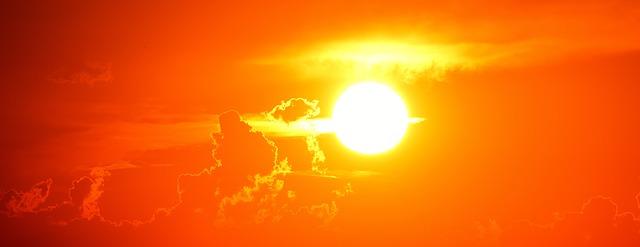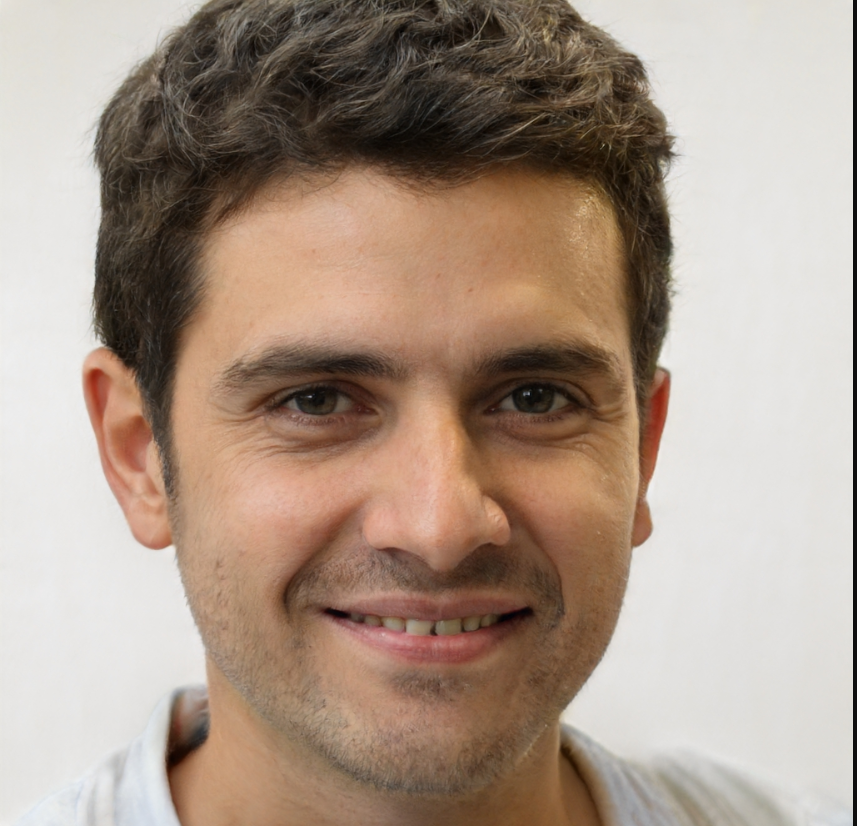In the Irish Leaving Cert program, physics is one of four senior cycle science subjects available to students. The subject is available at both higher and ordinary levels along with Biology, Chemistry and Applied Maths. The subject has a long and proud tradition of being an optional subject choice for over 30 years.
Leaving Certificate Physics aims to leave students with an understanding of the fundamental principles of physics and its application in everyday life. The subject offers a general education in physics, enabling students to develop an understanding of the scientific method and their ability to observe, think logically and communicate effectively.
However, thanks to intelligent men who made scientific advancements and dedicated their lives to the study of various scientific disciplines the light began to shine brighter both figuratively and literally.
Let's take a look at one of the most fascinating topics that feature on the syllabus that you will cover throughout your two years of Leaving Cert Physics, Space Physics.
"When we contemplate the whole globe as one great dewdrop, striped and dotted with continents and islands, flying through space with other stars all singing and shining together as one, the whole universe appears as an infinite storm of beauty." -John Muir
When we look up to the sky on a clear, crisp night in the country we are simply blown away by the number of stars we can see in our galaxy.
There are so many individuals who buy a telescope and take up the hobby of astronomy due to the fact that they are interested in learning more about space, the solar system, galaxies and stars. The intrigue of space has fascinated people for many centuries and there are no signs of decline in this trend.
Students who have a passion for the sky and are considering exploring the Leaving Cert Physics Syllabus will be happy to know that the last topic in this syllabus is all about space!
The last topic in the Leaving Cert Physics Syllabus designed by the Irish exam board covers the sections of the solar system, the life cycle of a star and the expanding universe.
Superprof is here to guide students through the concepts learnt in this favourite and last topic of the Leaving Certificate Physics Syllabus.


The Solar System
If you have clicked on this article then you are either considering taking up physics as a Leaving Certificate subject for your exams, or you are already studying the subject and seeking more information on its associated material.
Let’s dive right into some of the material that you will cover throughout your leaving cert physics course under the chapter of Space Physics. Let's start out by looking at the Solar System!
Not all of us come from a scientific background, nor do we have to! If you have never studied physics before at any capacity or simply missed a few days of science as part of the junior cert programme then it is important that we fill you in on some of the more elementary topics associated with the chapter.
Our solar system is a unique and awe-inspiring place. The milky way galaxy is filled with billions of stars and the sun is one of them. Our solar system consists of important elements that make it one of a kind:
- The Sun: The largest object in the solar system. Due to its large gravitational field, planets, asteroids and comets all orbit around it.
- Planets: There are eight planets that orbit around the sun at different times. The third rock from the sun, also known as Earth, is our home due to its perfect position that makes life possible. All planets are distinct and have different properties.
- Moons: Natural satellites that orbit a planet. Many of the planets in our solar system have more than one moon with Saturn having more than 50.
- Dwarf planets: Pluto has been considered a dwarf or "minor" planet since 2006 when it was considered not strong enough to "clear the neighbourhood" so there may be other objects in its orbit around the Sun. There have been hundreds of dwarf planets discovered in The Solar System.
- Asteroids: These oval-shaped objects that are made of rocky materials orbit the Sun and may take millions of years to complete their obit.
- Comets: Very similar to asteroids, however, they are made up of rocky material, dust and ice. When a comet approaches the sun it begins to vaporise and turns into a gas.
The Sun
Students in this section will learn that according to scientists, the solar system was formed over 4 billion years from a large cloud of dust and gas called a nebula. As the nebula collapsed it became denser and rotated around more rapidly.
When the Sun's core became hot and dense enough, nuclear fusions began which caused hydrogen nuclei to join together and form helium nuclei and energy was transferred by radiation.
Orbital Speed and Orbits
Gravity is an important force that maintains the stable orbit of planets around a star, moons and artificial satellites around a planet. For an object to remain in a stable, steady orbit it must be moving at the right speed.
The orbital speed of a planet can change with its distance from the Sun.
The reasons for this are studied further by students in this section of the Leaving Certificate Physics Syllabus.
You can get a jump on those studies with a maths and physics tutor...

Sample Exam Questions for Space Physics
Examination periods are very stressful for students in their last years of secondary school. They want the best test results in order to be considered for admission at the most prestigious universities across Ireland.
Knowing what type of questions to expect on the examinations for the Leaving Cert Physics Syllabus relieves the stress of students and boosts their overall results. Here are the different kinds of questions that can be anticipated on the exams:
The first four topics of the Leaving Cert Physics Syllabus are tested together and later on the last four are studied to mark the end of this Leaving Cert subject. There are certain questions that can be expected on the assessment. Here are the different types of exam questions:
- Multiple choice questions,
- One and two mark questions,
- Three and four mark questions,
- Maths questions,
- Six mark questions,
- Equations.
Space is fascinating but can ultimately be called a giant mystery. The few things we know and can learn about captive the attention and the mystery of the things we have yet to learn have kept individuals intrigued for centuries.
Learning more about the topic of space physics in the Leaving Certificate Physics Syllabus provides students with a great base for a future of studying the stars.
Space physics is only one of the many topics in the Leaving Cert Physics option. Other topics discussed include electricity, particle model of matter, atomic structure, forces and waves.
For years theories about the development of the universe have been analyzed by scientists. These theories are based on astronomical observations and ideas.
Using the colours from the electromagnetic spectrum, scientists notice that elements in the star absorb some of the emitted wavelengths and dark lines become present in the spectrum when it is analyzed. Students acquire important information in this section such as how distinct elements produce different patterns of dark lines.
Astronomers use the spectrum to observe light from distant galaxies, the dark lines in the spectra show an increase in wavelength. When the lines are moved towards the red part of the spectrum, the effect is known as red-shift.
Note: You can find an online Physics tutor on Superprof.

Whatever your level learn more about Space Physics with Superprof!
It can be difficult to figure out where to find the right Physics tutors to mentor you and help you along the way. This is not the case with Superprof! The platform provides students with a degree of flexibility in how they choose to progress in their leaving cert physics learning.
A tutor can also provide some direction as to what are the necessary steps to take for your desired career path in physics. As well as coaching you through college decisions, a personal tutor can provide some much-needed clarity for students on how to study higher and ordinary levels of the subject and ensure that you meet those minimum entry requirements.
Students could also avail of the service if they seek help with some of the more challenging components of their college courses. There are tutors with a range of qualifications to choose from to suit your own individual needs.
Questions on the assessments from the Leaving Cert Physics Syllabus include many different types of questions that all aim to test the knowledge of students. When pupils decide to take time and analyze examples of the different kinds of questions that will be considered on the examination, they reduce stress and increase performance results.
Learning about some of the most powerful forces in the world, Space Physics, can helpfully prepare students for a future scientific career or provide the acquisition of essential physics topics for those with scientific interests.
It can be difficult to figure out where to find the right Physics tutors to mentor you and help you along the way. This is not the case with Superprof! The platform provides students with a degree of flexibility in how they choose to progress in their leaving cert physics learning.
In fact, the majority of tutors that list their services in the country present students with the option to learn from the comfort of their own home, the home of the tutor or in a remote setting via webcam. Why not kickstart your journey with a physics tutor today? The right teacher for you is only a few clicks away!
The future of the Universe is uncertain and there are various concepts that need to be better understood by scientists in order for proven theories to be created. Students learn all about this throughout the section space physics in the Leaving Cert Physics Syllabus.
You should have an interesting discussion on this topic with your maths and physics tutor...















